In the world of coin collecting, errors and rarities often become the most sought-after pieces, driving collectors into a frenzy to find them. One such anomaly is the 2000 $1 mule coin, a rare mistake made at the Royal Australian Mint that has captured the attention of enthusiasts worldwide. This article explores the origins, rarity, and value of this unique coin, as well as tips for collectors seeking to add it to their collection.
What Is a Mule Coin?
This Article Includes [hide]
A “mule” is a term used in numismatics to describe a coin that is struck with mismatched dies. In the case of the 2000 $1 mule coin, the error occurred when the obverse (front) of the coin was struck with a die designed for a 10-cent coin, while the reverse (back) used the correct $1 die. This resulted in a coin with a secondary border on the obverse, creating a distinctive and unexpected feature.
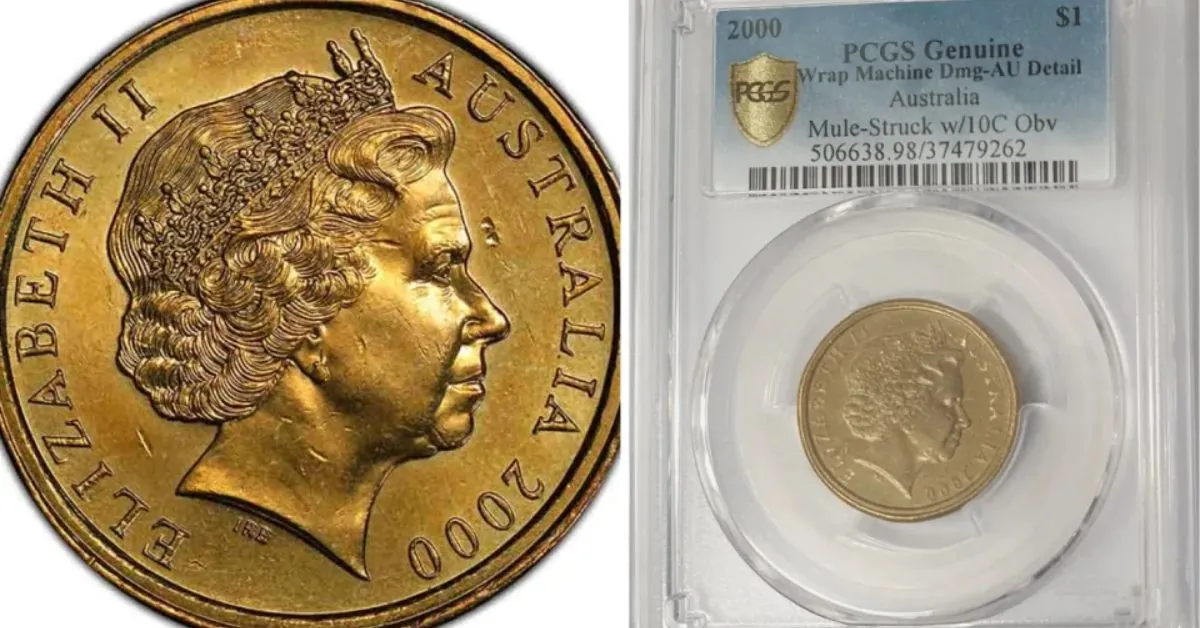
The Royal Australian Mint Error
The mistake occurred around the turn of the millennium, during a period of mass coin production. Tens of thousands of these erroneous coins were struck, with the 2000 $1 mule coin quickly becoming a rare find. The discrepancy between the dies wasn’t immediately noticed, and many of these coins circulated in everyday transactions.
How Rare Is the 2000 $1 Mule Coin?
While no exact number of 2000 $1 mule coins exists, experts estimate that only around 20,000 were struck. According to the Professional Coin Grading Service (PCGS), the mintage was limited, and the rarity of the coin has contributed to its value. The discovery of these coins in circulation sparked a rush among collectors, with reports of people searching through rolls of coins at banks and even children looking through their change at school.
Value of the 2000 $1 Mule Coin
The value of a 2000 $1 mule coin can vary depending on its condition. In general, a circulated coin might fetch anywhere from $200 to $300. However, uncirculated examples are much more valuable, with some listed for as much as $995, $2,490, and even $6,500 in some online auctions.
For a coin to reach these higher price points, it needs to be in pristine condition, typically graded by a professional service like PCGS. An uncirculated mule coin that has never been used in circulation is the ultimate find for collectors, making it a highly coveted piece.
The Importance of Coin Grading and Authentication
Given the high value of the 2000 $1 mule coin, buyers must be cautious when purchasing online. Counterfeit coins are common, and it can be difficult to determine authenticity through photos alone. The safest way to ensure the coin’s value is through authentication and grading by a reputable service like PCGS.
Coin grading provides an objective assessment of a coin’s quality, based on factors such as its strike, luster, and the presence of any visible marks. A coin graded MS64, for example, is considered rare and valuable, although not in perfect condition. The highest possible grade, MS70, represents a flawless coin.
The Hunt for the 2000 $1 Mule Coin
Despite being struck over two decades ago, collectors are still on the lookout for this rare mule coin. As of today, only five of the coins have been graded MS64 by PCGS, and four of them are currently held in private collections. The coin’s continued allure and the scarcity of high-quality examples make it a “modern classic” in the coin collecting world.
Conclusion
The 2000 $1 mule coin is a fascinating example of how a simple minting error can create one of the most sought-after pieces in numismatics. Whether you’re a seasoned collector or a novice, finding an uncirculated example of this rare coin could be a game-changer. However, due to the risks of counterfeit coins, it’s crucial to purchase from trusted sources and consider professional authentication to ensure your find is genuine.
With its unique history and ongoing appeal, the 2000 $1 mule coin is sure to remain a prized item in the world of coin collecting for years to come.

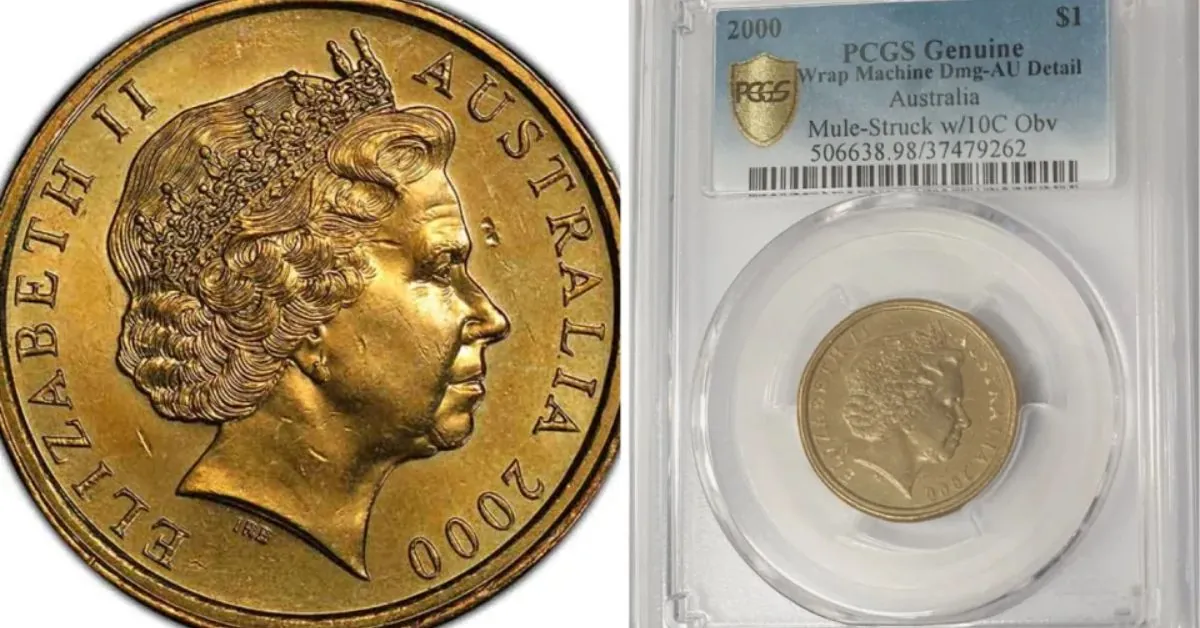
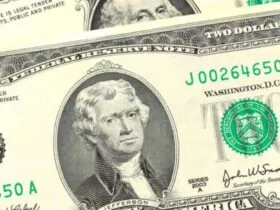
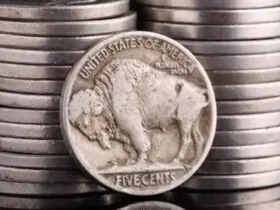
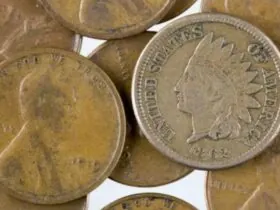

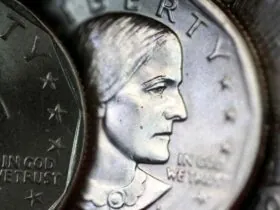
Leave a Reply